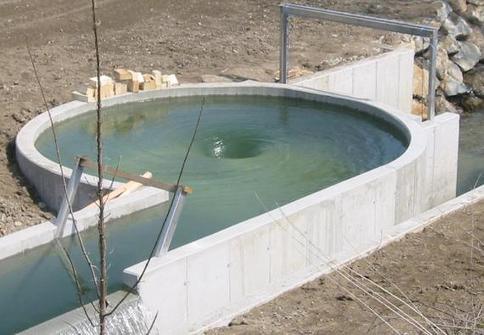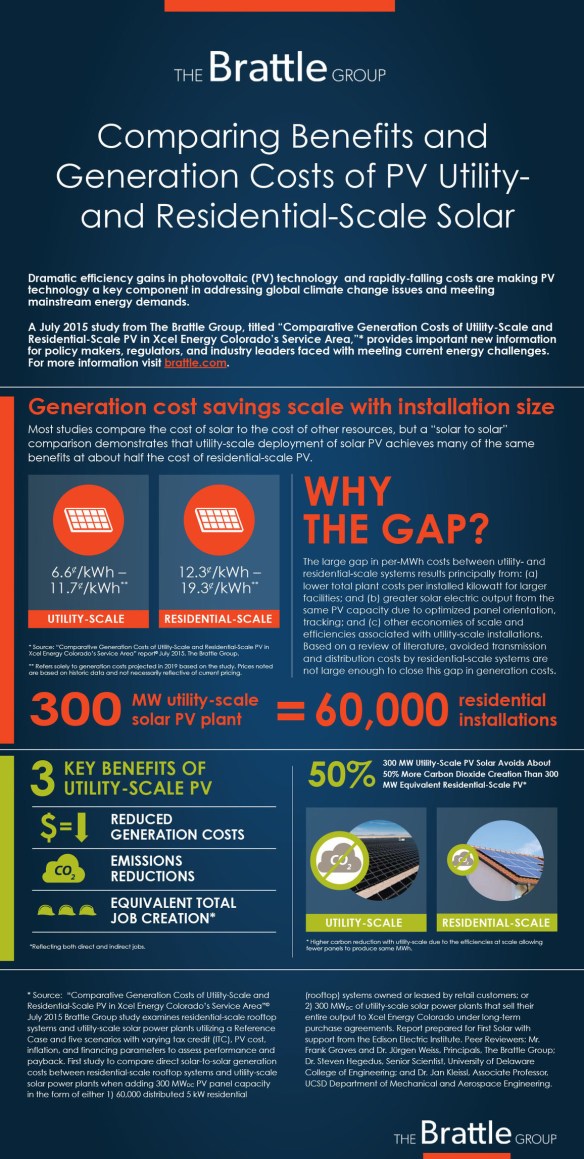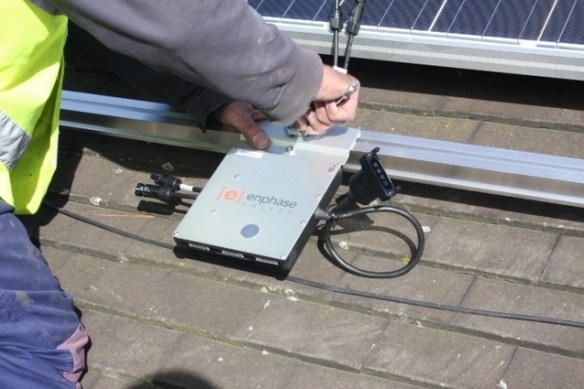
Photo: Top Viewed Article of the year on Water Vortex Hydro-Electric Power Plant Designs
This is going to be a fun post to write, as I get to review the statistics for 2015 and pick out the ten most viewed posts on my blog for the year. I am looking forward to performing this review, as I get to find out what works and what does not. The idea being to give me a chance to refine my techniques and improve my blog posts.
I am listing them in reverse order as we want to heighten the suspense, leading up to the most viewed article. Each post will also have the posting date and number of views for comparison. I know this technique is not perfect as some posts will have a longer opportunity to be seen than those written later in the year. Such discrepancies will be left to discussed in a future article.

This post discusses Earth’s wandering magnetic poles, the fluctuating field strengths and links to solar weather and climate change. Some rather eccentric, yet plausible explanations based on historical data that pole shifts are possible and have happened, at unpredictable, largely spaced intervals of hundreds of thousands to millions of years, the average being 450,000 years.
Posted on March 3, 2015 and received 44 views.

Headline tells it all. Large bank caught helping clients evade taxes and launder illegally obtained money through bank accounts.
Posted on February 9, 2015 and received 48 views.

Coal is unclean to burn and becoming costly to do operate due to emissions, resulting in coal fired plant closures, 9 by one Michigan utility.
Posted on February 10, 2015 and received 50 views.

This article simply reprises, in part, the LCCA (Life-Cycle Cost Analyisis) procedure used for buildings as originally posted by WBDG.
Posted on February 15, 2015 and received 57 views.

The article discusses the role of large scale energy efficiency programs as an investment and means to achieve certain goals when viewed as the “cheapest” fuel. The graphic depicts a hierarchy of waste minimization correlating to cost and energy usage and effects with the environmental resources.
Posted on January 8, 2015 and received 59 views.

According to the latest “Energy Infrastructure Update” report from the Federal Energy Regulatory Commission’s (FERC) Office of Energy Projects, renewable energy sources (i.e., biomass, geothermal, hydroelectric, solar, wind) provided nearly half (49.81 percent – 7,663 MW) of new electrical generation brought into service during 2014 while natural gas accounted for 48.65 percent (7,485 MW).
Posted on February 4, 2015 and received 62 views.

Tens of thousands of Fukushima residents remain in temporary housing more than four years after the horrific disaster of March 2011. Some areas on the outskirts of Fukushima have officially reopened to former residents, but many of those former residents are reluctant to return home because of widespread distrust of government claims that it is okay and safe.
Posted on July 22, 2015 and received 65 views.

The company plans to employ 150 full-time Apple staff at the Mesa, Arizona, facility… In addition to the investment for the data center, Apple plans to build a solar farm capable of producing 70-megawatts of energy to power the facility. […] Apple said it expects to start construction in 2016 after GT Advanced Technologies Inc., the company’s sapphire manufacturing partner, clears out of the 1.3 million square foot site.
Posted on February 11, 2015 and received 73 views.

With regard to [battery] energy storage systems, many people erroneously think that the only cost they should consider is the initial – that is, the cost of generating electricity per kilowatt-hour. However, they are not aware of another very important factor. This is the so-called LCOE, levelized cost of energy (also known as cost of electricity by source), which helps calculate the price of the electricity generated by a specific source.
Posted on January 27, 2015 and received 109 views.

Austrian engineer Franz Zotlöterer has constructed a low-head power plant that makes use of the kinetic energy inherent in an artificially induced vortex. The water’s vortex energy is collected by a slow moving, large-surface water wheel, making the power station transparent to fish – there are no large pressure differences built up, as happens in normal turbines.
Posted on June 11, 2015 and received 109 views.


















